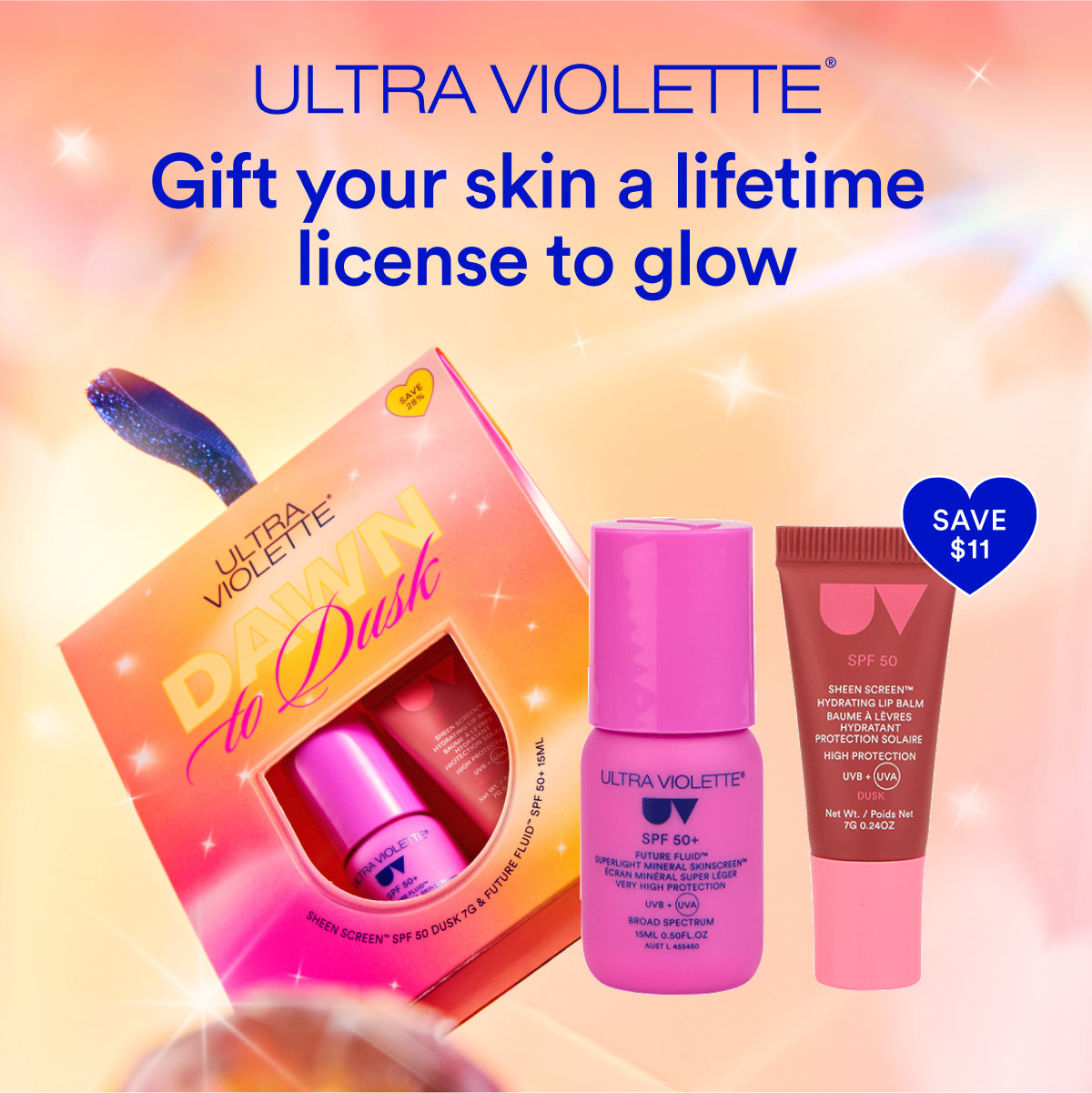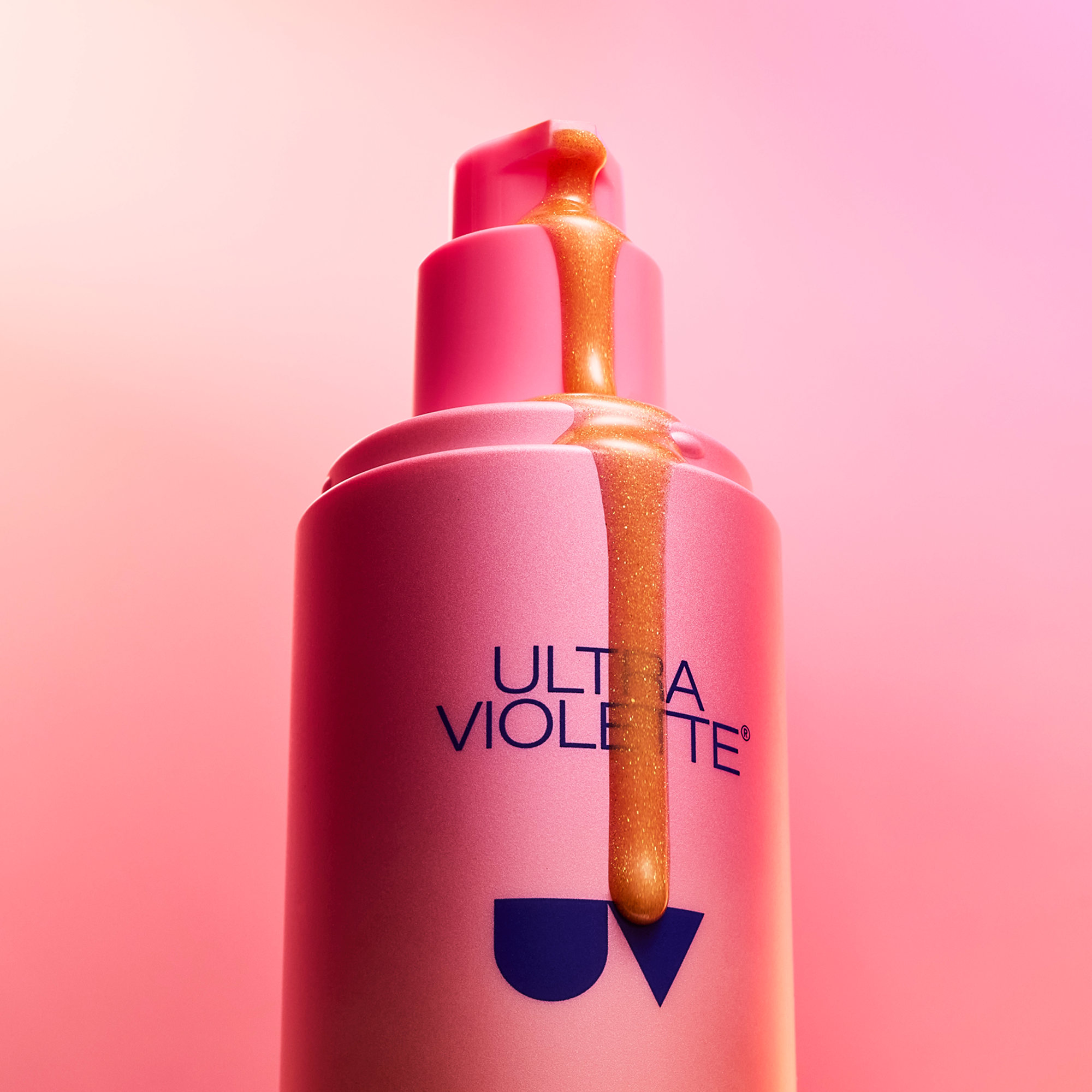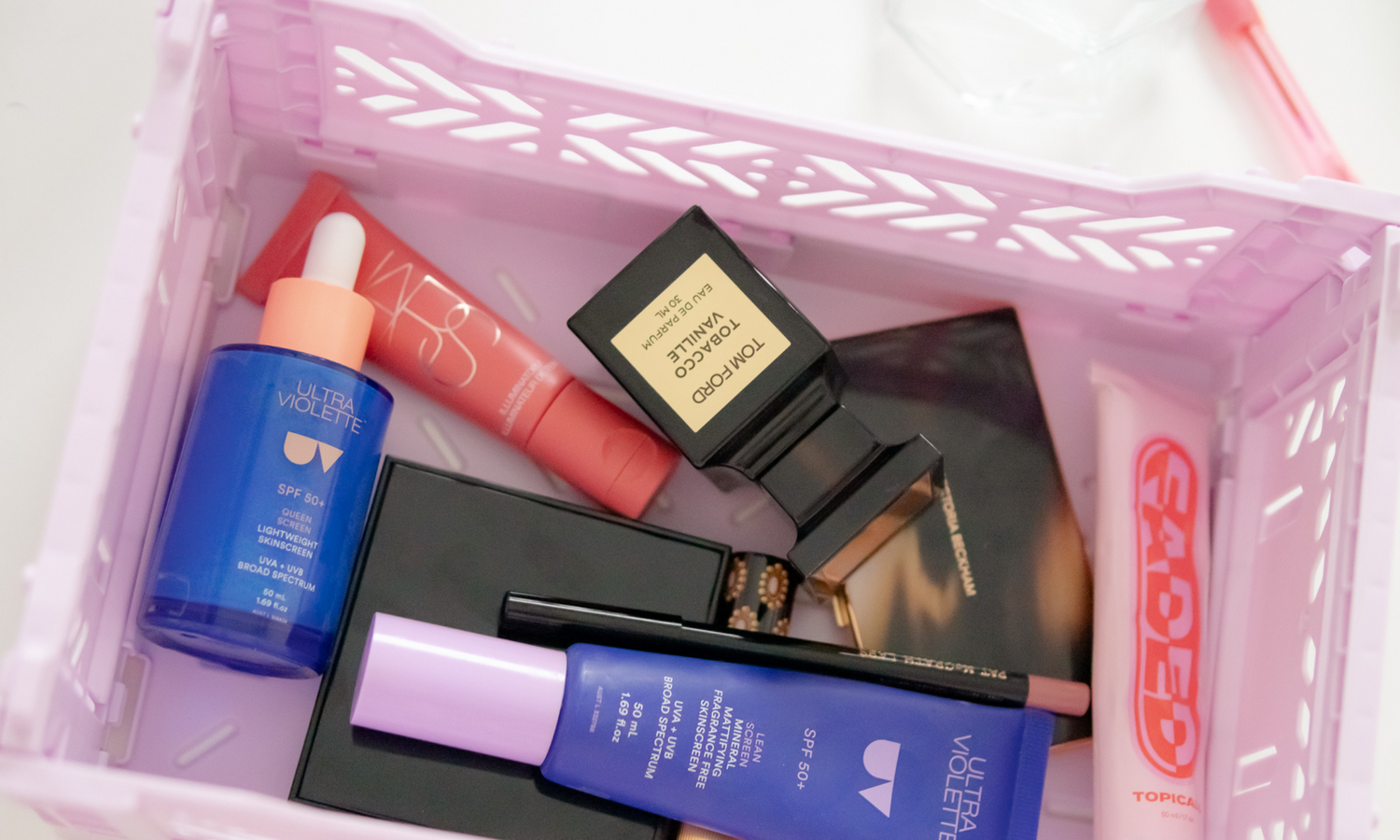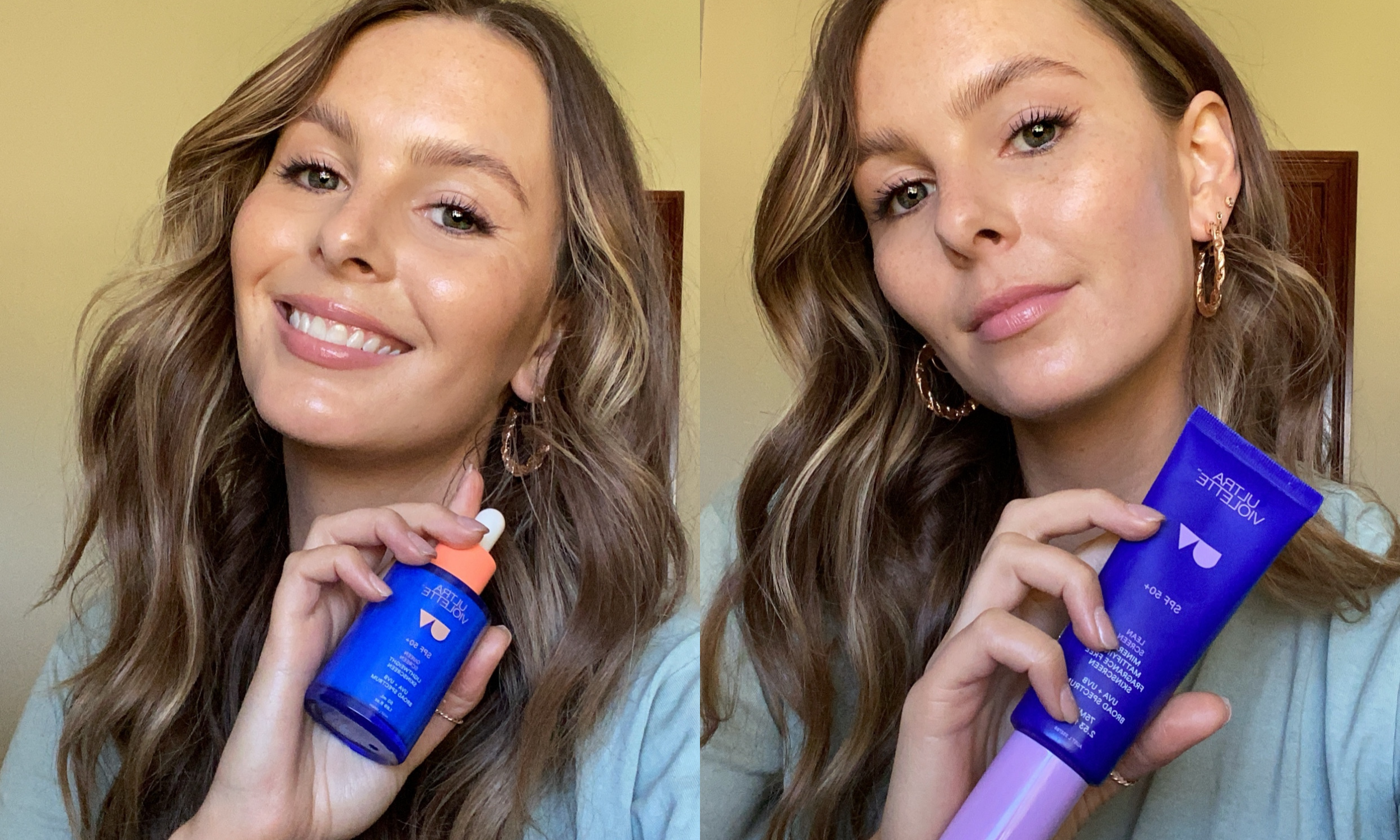Unless you're new around here, you've probably heard of Hannah English. (We're big fans.) Hannah is a pharmaceutical scientist, content creator and beauty writer who has a (understandable) passion for SPF.
We hit her up to de-mystify the differences between the two kinds of UV filters and dispel some of our least favourite rumours *cough* everything is a chemical *cough*.

Ever wondered why sunscreens are categorised into “mineral” and “chemical”? I certainly have. For me, as a scientist, I’d prefer to refer to them as “inorganic” (mineral) and “organic” (chemical) for a couple reasons;
Unfortunately for us, the word “chemical” has some unfairly negative connotations, whereas we mentally associate “mineral” with “mineral makeup” ie, the gentlest kind, from the earth. The chemistry term for mineral sunscreen filters is inorganic - “organic” just means a substance with carbon-hydrogen bonds. Our bodies contain myriads of organic compounds! Inorganic, by contrast, just means a compound that’s not carbon-based.
There are 2 mineral/inorganic UV filters - Zinc Oxide and Titanium Dioxide.
Both are a white powder in raw form, both absorb UVB and some UVA radiation, with Zinc Oxide absorbing a wider spectrum of UVA. Because they exist as white powder, and because you need roughly 1% UV filter for every 2 or so SPF points, that means we’re looking at 20% or more of these white powders for an SPF50+ sunscreen.
They can be difficult to formulate into a pleasant feeling and looking sunscreen formula on the skin, and are usually responsible for the dreaded white, grey, or purple tingle to your skin.This can be avoided by adding other, flesh-toned pigments to the formula, which brings its own set of challenges - people come in many different tones, and all skin needs sunscreen!
Mineral UV filters are also responsible for the dry, paste-like texture of many sunscreens, and can sometimes give off a metallic scent throughout the day. They can be less likely to slide around your face and into your eyes, but it’s all in the formula.
Conversely, there are nearly 30 chemical filters approved for use in Australia.
At Ultra Violette, you’ll find 8. We love a blend. Most chemical/organic UV filters are lipophilic, meaning they dissolve better in oil than water, or they’re oily liquids themselves. This means they can feel moisturising, but sometimes greasy. A good blend of organic filters can give your skin very high sun protection, but you guessed it - it’s all in the formula.

But I thought mineral was safer?
There are a few reasons people seek out inorganic UV filters in particular, and a lot of the time we’re led to believe they’re the safe option. I disagree and I want to examine this with you;
There’s a widespread belief that inorganic UV filters reflect, while organic UV filters absorb and convert to heat. This is… not the full story. In fact, all kinds of UV filters mostly absorb and convert to heat, and the heat generated is negligible. Inorganic filters do reflect a little, but no more than 15%1. Did you know - there are a couple organic UV filters that also reflect a little UV radiation! Yes! We’ll get to those later.
I often see inorganic sunscreens recommended for sensitive skin types. Whilst it’s true that Zinc Oxide and Titanium Dioxide are less allergenic than some (not all) organic UV filters, sunscreen allergy is quite uncommon, with a prevalence of less than 1%. Lots of sunscreen reactions are to other ingredients in the formula, like preservatives or fragrance. You can investigate and confirm by visiting a dermatologist for allergy testing2. I flush a lot, in the cheeks (Rosacea, lucky me), and I find the excessive massaging required for some inorganic sunscreens makes it worse.
So which kind is better?
It’s so subjective! I would encourage you to think about your skin’s needs and take it from there – are you experiencing hyperpigmentation or sensitivity? You’ll want the highest protection possible, from UVA and UVB, because UV radiation makes those worse. Do you like a glow, or more of a mattifying effect? How do you feel about a scent?
Which sunscreens are pregnancy safe?
All of them! Sunscreens do not pose a risk to pregnant women5. In fact, you’re more prone to melasma at this time due to hormonal changes so it’s a good idea to use the highest protection possible.
Let’s chat Ultra Violette sunscreen filter specifics. Just for fun.

What does this table tell you about which UV filters are best for you?
If you’re anything like me, you skimmed it and thought something like, “Wow, sunscreen formulators sure do take a lot into account. Better trust them.”
I have personally reviewed over 50 sunscreens in the past year and I’ve definitely learned that the make or break factor is the texture and my personal preference. They all meet Australian SPF standards. From here it’s about what I like to use, and what I like to use is Queen Screen in winter, when my skin is dry, and Supreme Screen in summer, when it’s not.
They have very high sun protection, they smell good, they make my skin look good. Done.

Sources:
- https://www.basf.com/au/en/media/blog/physical-uv-filters.html
- https://dermnetnz.org/topics/sunscreen-allergy/
- https://www.carecreations.basf.com/core-competencies/all-about-sun/sun-protection/uv-filter-types
- https://www.basf.com/au/en/media/blog/uv-radiation-and-sunburn.html
- https://www.seslhd.health.nsw.gov.au/sites/default/files/groups/Royal_Hospital_for_Women/Mothersafe/documents/skinhairpregbr2021.pdf




